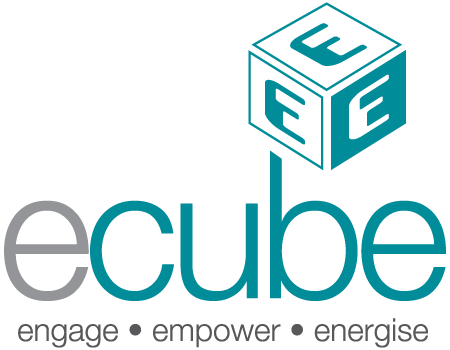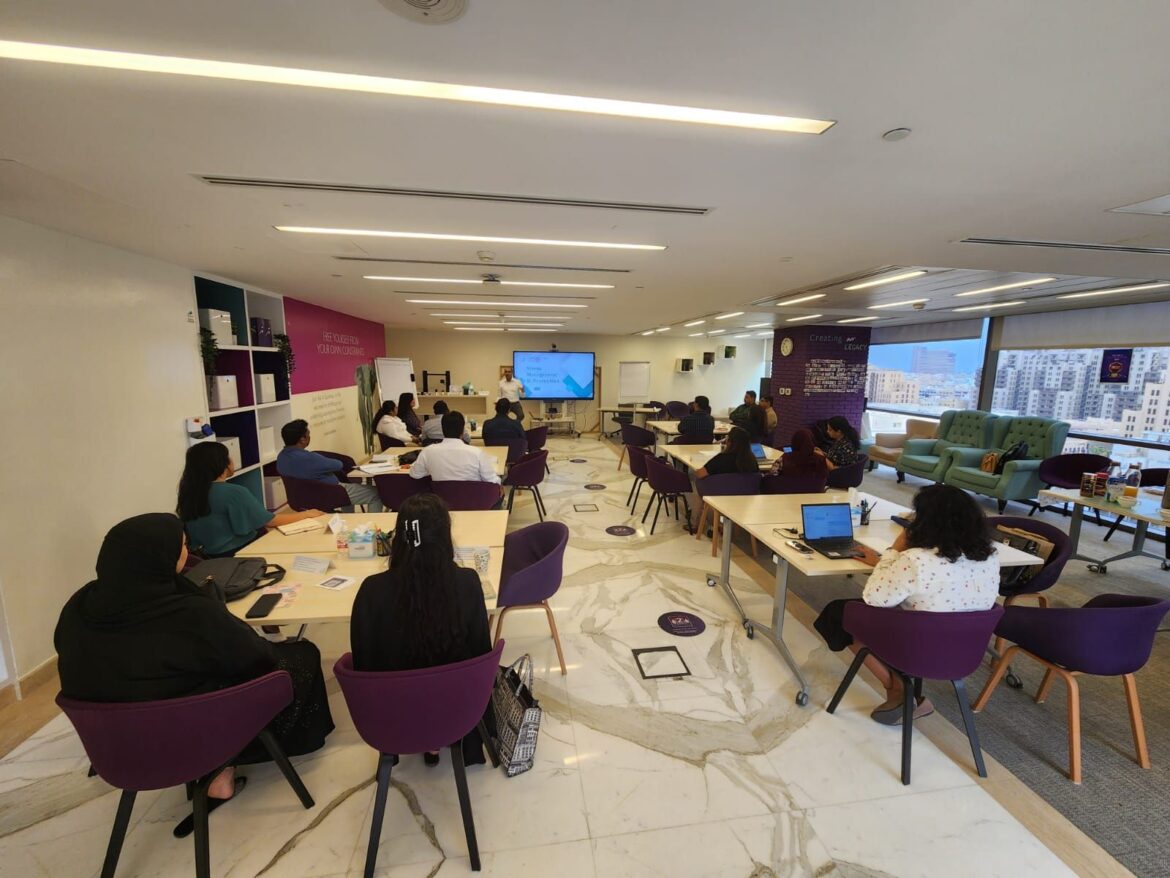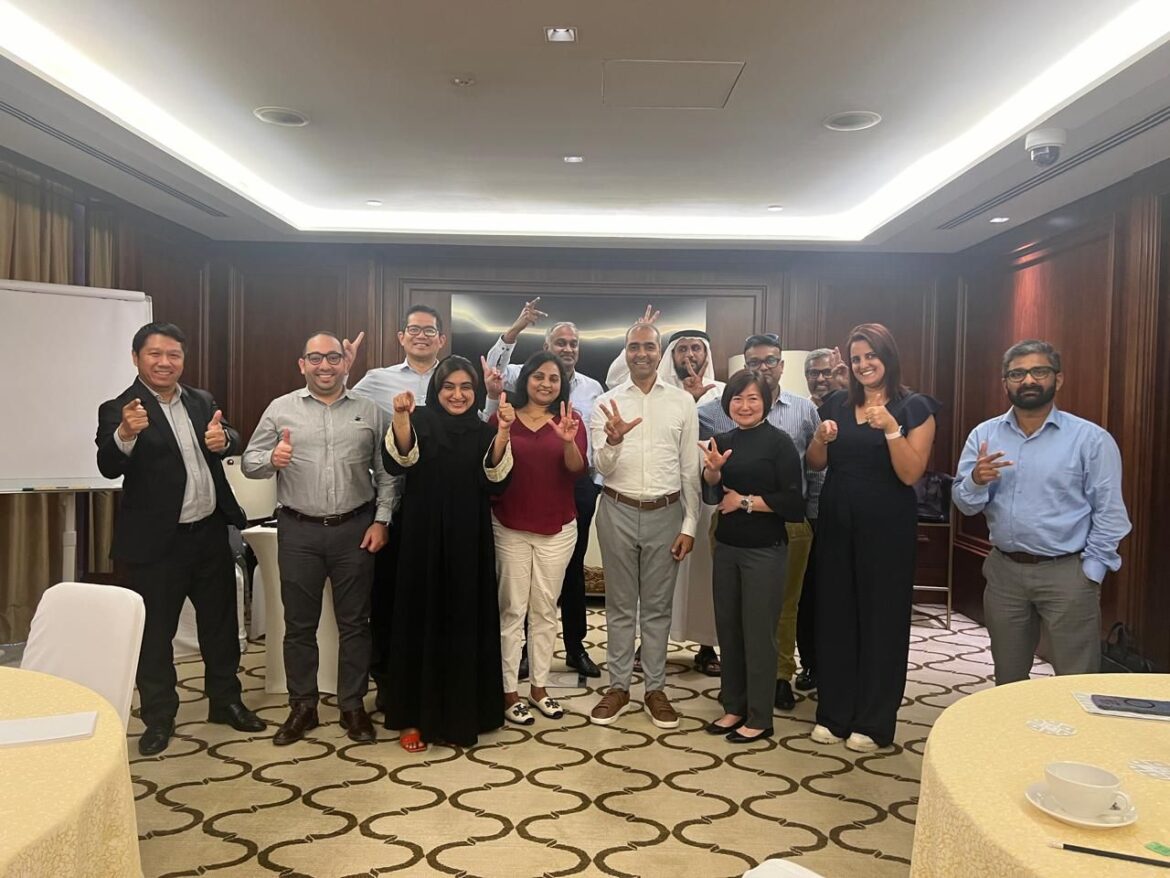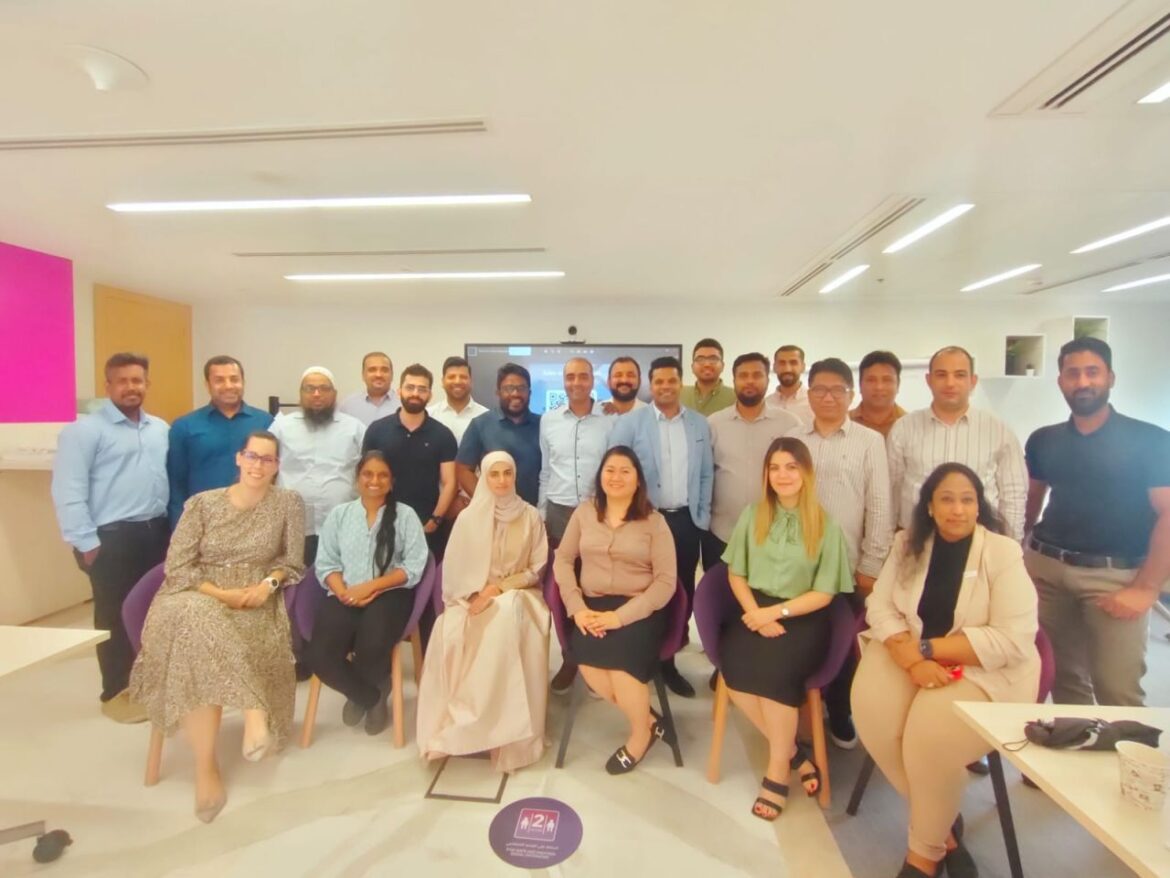At ECUBE Training and Consulting, one of our core beliefs is this:
True leadership development is not just about building capabilities, it’s about creating clarity.
And the most powerful pathway to clarity is coaching.
In every leadership program we deliver, we intentionally weave coaching into the journey, both individually and in groups.
Why?
Because, while workshops build knowledge and skills, coaching transforms awareness into action.
Recently, I facilitated a series of group coaching sessions for 25 senior executives at one of the hashtag#UAE’s largest and most dynamic real estate developers.
Many of them came in with years of experience and a wealth of training under their belt. But after just 90 minutes, the shift was palpable.
One of the leaders said, “It was all in my head, jumbled up. But now, everything’s so clear. I know what I want, how to get there, and I feel strong and capable of moving forward.”
That’s the magic of coaching!
Coaching isn’t about telling people what to do.
It is based on a fundamental truth: you already know what you want, and you already have the inner resources to achieve it.
The missing link is often the time, space, and support to unpack it.
Here’s what coaching unlocks for leaders:
✅ Clarity on what truly matters – not just professionally, but personally.
✅ Recognition of their strengths – and how to use them strategically.
✅ Vision and direction – what they want, where they’re going, and why.
✅ A real strategy – not vague ideas, but step-by-step action.
✅ Confidence and ownership – a deeper belief in their capability.
✅ Accountability and momentum – consistent progress, not just inspiration.
Too often, leaders get stuck in “problem mode.” Or they get caught in passive learning, consuming information but not applying it.
Coaching helps them break out of that loop. It’s the bridge between insight and implementation.
In our work at Ecube Training and Consulting, we’ve seen over and over again that when leaders are coached well, they move with clarity, confidence, and purpose.
And when that happens, everything changes…
Their teams,
Their performance
and
Their impact.
If you’re investing in leadership development, make coaching a core part of the journey. The results will speak for themselves.
UAE
Last week, I found myself in a situation that reminded me just how easily stress can creep into our lives.
I was juggling multiple meetings, trainings, deadlines were looming, and despite my best efforts to stay calm, I could feel the tension building up.
One morning, after barely getting through my to-do list, I realized something had to change…
It was then that I took a step back, observed the variety of thoughts I was engaged with, and applied some of the very techniques I share in my sessions on stressmanagement.
Simple things like breathing exercises, the ‘triple A technique’, reframing, and taking short breaks made a world of difference.
This incident reinforced the importance of not just reacting to stress but actively listening to it.
.
.
.
In a recent session, I conducted on stressmanagementandprevention, we explored some very crucial strategies in depth.
We discussed how to identifystressors early, implement effective copingmechanisms, and, most importantly, how to preventstress from becoming overwhelming.
If you are feeling the weight of stress, it is time to take action.
Reflect on your daily habits,
Recognize the signs, and
Equip yourself with tools to handlestress better.
Don’t wait for stress to take control, take the first step towards a calmer, better, and more focused you.
So,
How do you manage stress in your daily life?
What strategies have worked for you?
Let us share, discuss, and help each other.
From ‘Can I Really Do It?’ to ‘Yes, I Can’: The Power of Honest Conversations
Putting away a conversation with someone (manager, colleague, direct report or even a client) because it is difficult, can be severely damaging.
Research proves that having difficultconversations results in engaged employees, retaining talent, innovation and increased well-being.
Giving feedback is a typical example of a difficult conversation at the workplace.
I have noticed how this ‘tough job’ is poorly dealt with, at times never brought up and often relegated to HR.
Here are 7 steps to do it well:
1. Be timely – Don’t wait for too long, nip it in the bud!
2. Contextualize it – Spell out the situation in question where you noticed something amiss, and clarify why this is important and is being brought up.
3. Behavior – State the specific behaviour that caused an impediment
4. Impact – How has that impacted you, the team, and the business; be factual not threatening
5. Explore solutions – Ideally draw the solutions from them through skillful questioning.
6. Get commitment – Finalize a solution and seek commitment to an action.
7. Check-in – Keep a tab on how things are progressing
Facilitating a day’s workshop on ‘handling difficult conversations’ for one of the largest estatedevelopers in UAE was fascinating.
The day was filled with interesting case studies, role-plays, assessment tools and skill-building activities.
Every participant felt engaged and witnessed an internal shift from
‘Can I really do it?’ to ‘Yes I Can’!
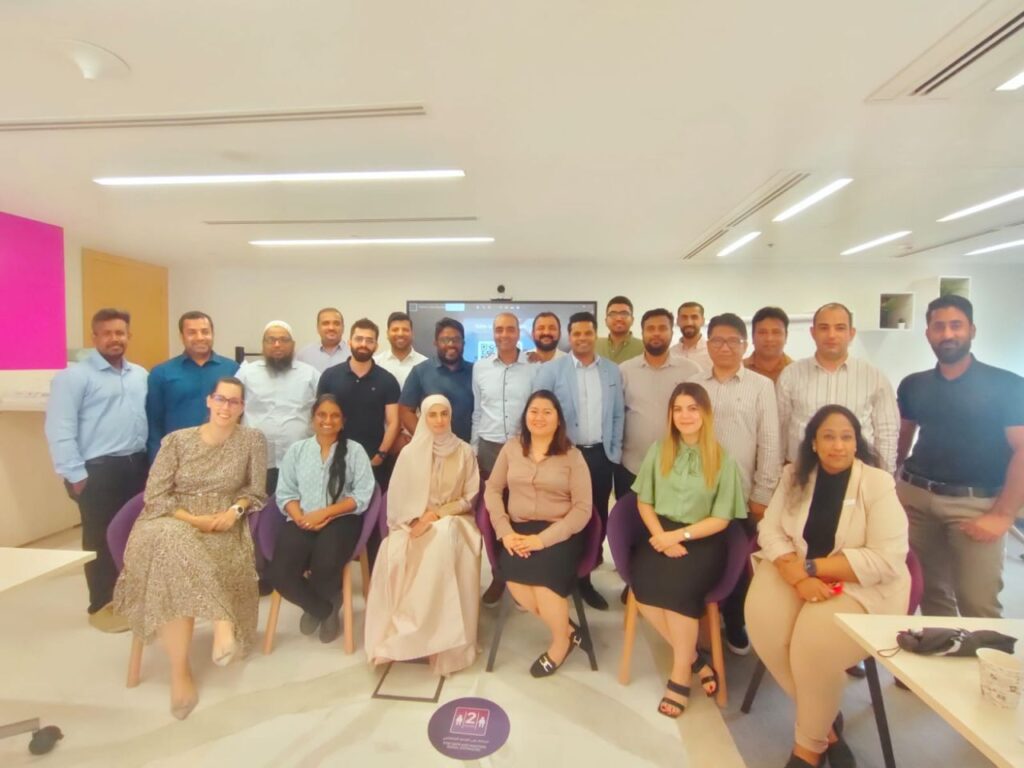
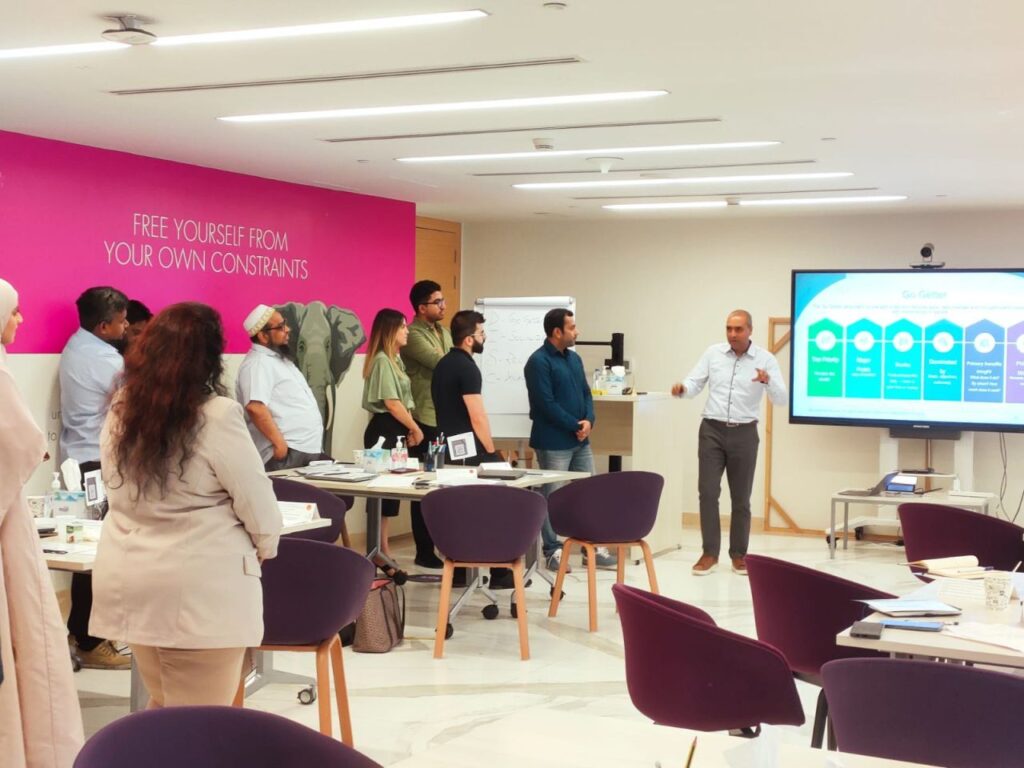
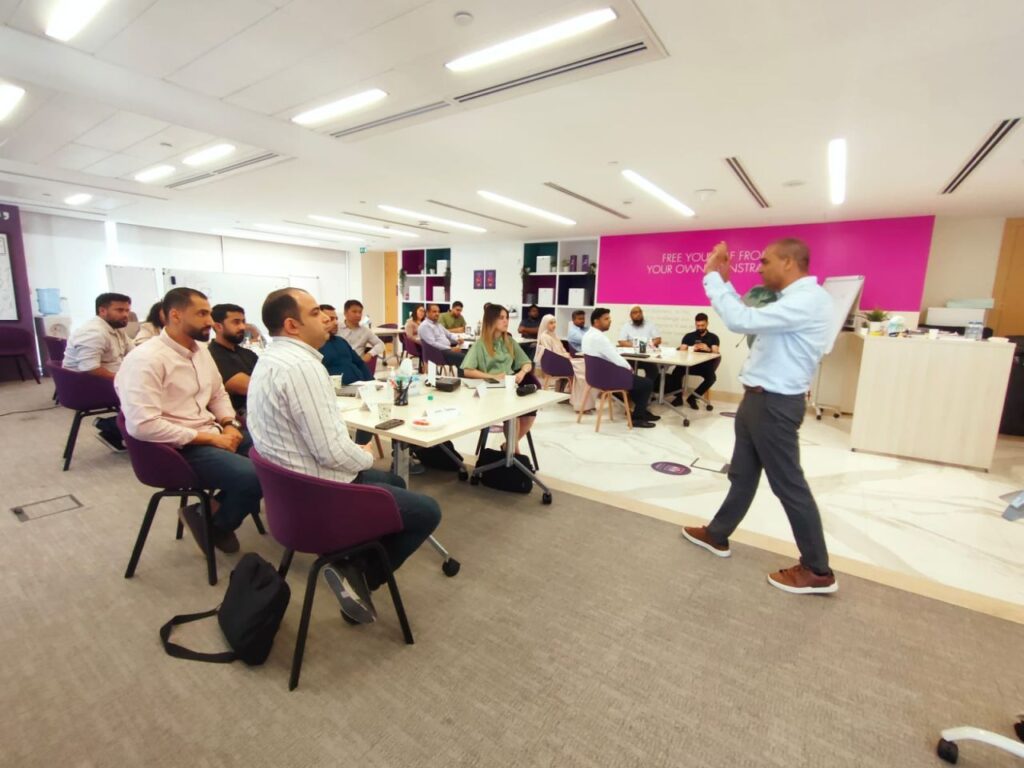
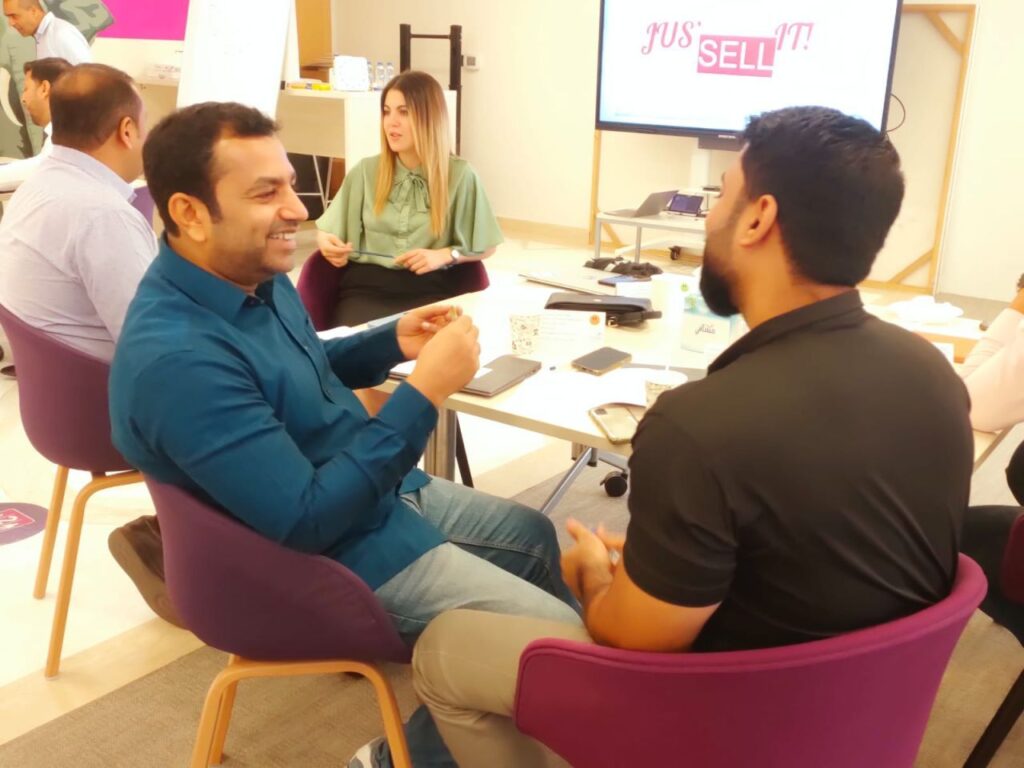
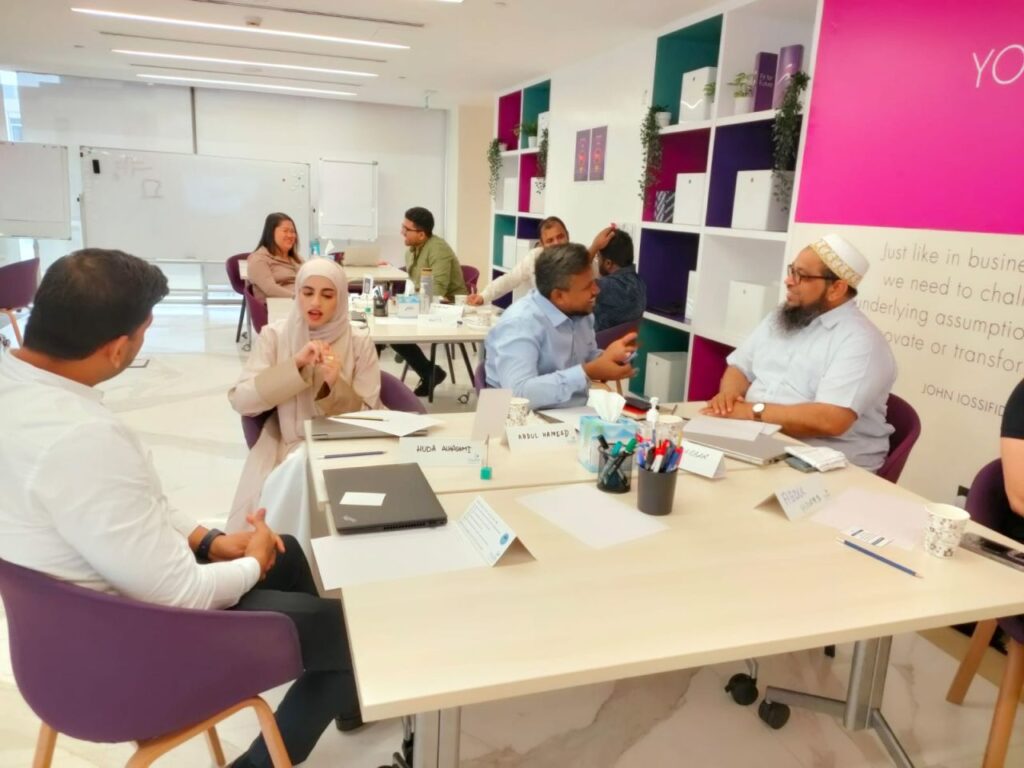
When we understand and apply their underlying principles, results are guaranteed.
Taking a consultative approach, becoming aware of my biases, treating every customer exclusively based on their interests and asking appropriate questions maximises my sales competence…building my BATNA, anchoring closer towards the Walk Away Price of the client and creating value before claiming value will strengthen my position and negotiate the deal towards winwin!
The learning during this full-day experiential workshop on SalesNegotiations for one of UAE‘s largest conglomerates gave them a “scientific approach that, when applied, is bound to bear positive results” to quote one of the participants.
Do you know of a sales team that can afford to take a scientific approach and be well-equipped for success?
